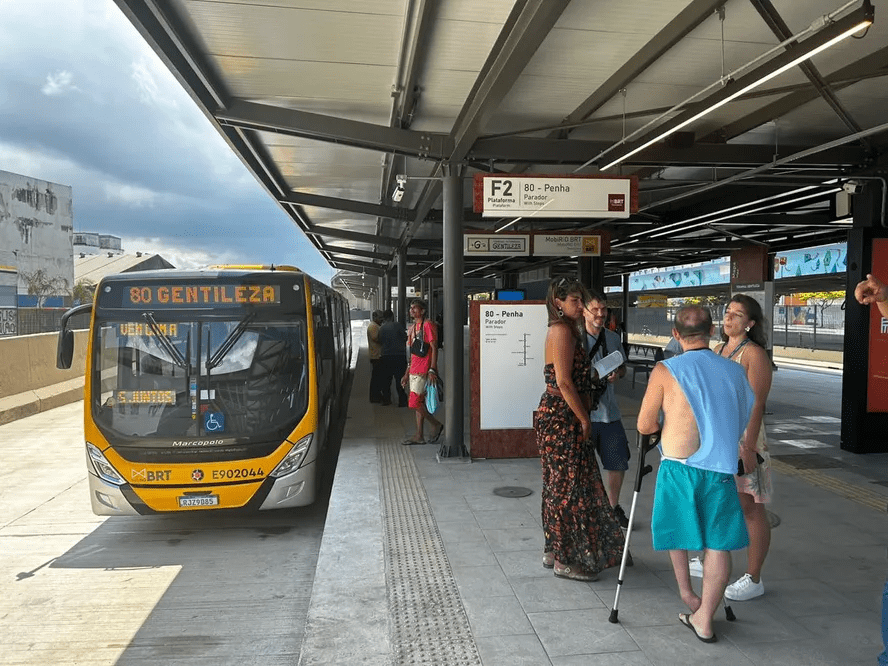TransBrasil marks a milestone that significantly expands medium- and high-capacity transport for residents in the 26 neighborhoods situated along Avenida Brasil, the major thoroughfare in Rio. The corridor debuted with 20 stations and is expected to serve upwards of 250,000 people a day, with the potential for future expansion. Rio de Janeiro’s first Bus Rapid Transit (BRT) system began operations in 2012 and was soon followed by two additional corridors as the demand for rapid transit grew in the city. A recent study of one such corridor, Transcarioca, found that it will avoid nearly 46,372 tonnes of CO2 emissions annually, or the equivalent of taking 11,000 passenger cars off the road every year, over the next few decades.

ITDP Brazil has supported the development of better BRT in Rio for years, providing technical support and policy guidance to help the city plan for a BRT system that ensures both connectivity and equity for the communities most dependent on public transit. TransBrasil’s route along the Avenida notably will now provide service to diverse, mixed-income, and transit-dependent populations. The development of TransBrasil also has potential to ameliorate the unsafe road conditions that often coincide with Avenida Brasil’s high volume of car traffic.
As TransBrasil spans nearly half of Avenida Brasil’s total length, ongoing integration of the system with pedestrian and cycling networks will make other key pieces of road infrastructure, like intersections and bike lanes, safer and more enjoyable for all users. ITDP will continue to work with the city to advance connectivity and encourage less driving over the long term, which is critical to reducing emissions while ensuring that all Rio residents can reach their destinations safely and reliably.

